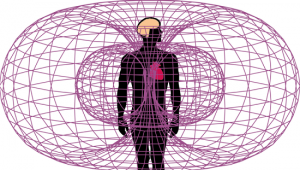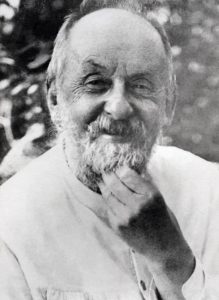
- Where do we get our “flows of thoughts” from?
- Who creates “flows of thoughts”?
- Who does constantly “babble” in our heads?
- and so on.
I realized that without answering these questions my further research would be difficult for readers understanding, so I devoted this chapter to Ball-a-ball analysis.
Based on the previously developed technologies, the author conducted several virtual experiments coming to interesting results:
The virtual experiment № 1.
The participants of this experiment are:
- A meteorological station with its assistants a person observes;
- A person who is near of this meteorological station;
- A meteorological operator whose task is to answer the questions of this person.
- A person asks a meteorological operator: “What will the weather be like in Kiev tomorrow?”. – A meteorological operator replies: “The weather forecast in Kiev for tomorrow feels like: daytime temperature + 5℃, nighttime temperature + 1℃, moderate north east wind with a speed of 6 m/s and air humidity would be observed…”
- A person asks a meteorological operator: “Who is answering me?” and receives such an answer: – “A meteorological operator …”
The virtual experiment № 2.
The participants of this experiment are:
- A meteorological station a person doesn’t observe;
- A person who can be anywhere in the world;
- The «SIRI» app (a voice assistant is a specially designed program with a defined level of artificial intellect. The Apple company developed it for their mobile devices such as iPhone). This app can control a voice of a person, give answers to his questions in one of the languages available for it. However, the answer will always contain terms and concepts understandable for a person).
- The “Weather” app is a specially designed program with a defined level of artificial intellect. It can receive information from the weather stations anywhere in the world without having to contact their operators. When working, it is also able to use voice functions of the SIRI application).
- A person asks the SIRI app uploading into iPhone: “What will the weather be like in Kiev tomorrow?”. The «SIRI» app using its voice abilities and abilities of the Weather app, replies: “The weather forecast in Kiev for tomorrow feels like: daytime temperature + 5℃, nighttime temperature + 1℃, moderate north east wind with a speed of 6 m/s and air humidity would be observed…”
- A person asks a meteorological operator: “Who is answering me?” and receives such an answer: «SIRI». Continue reading

